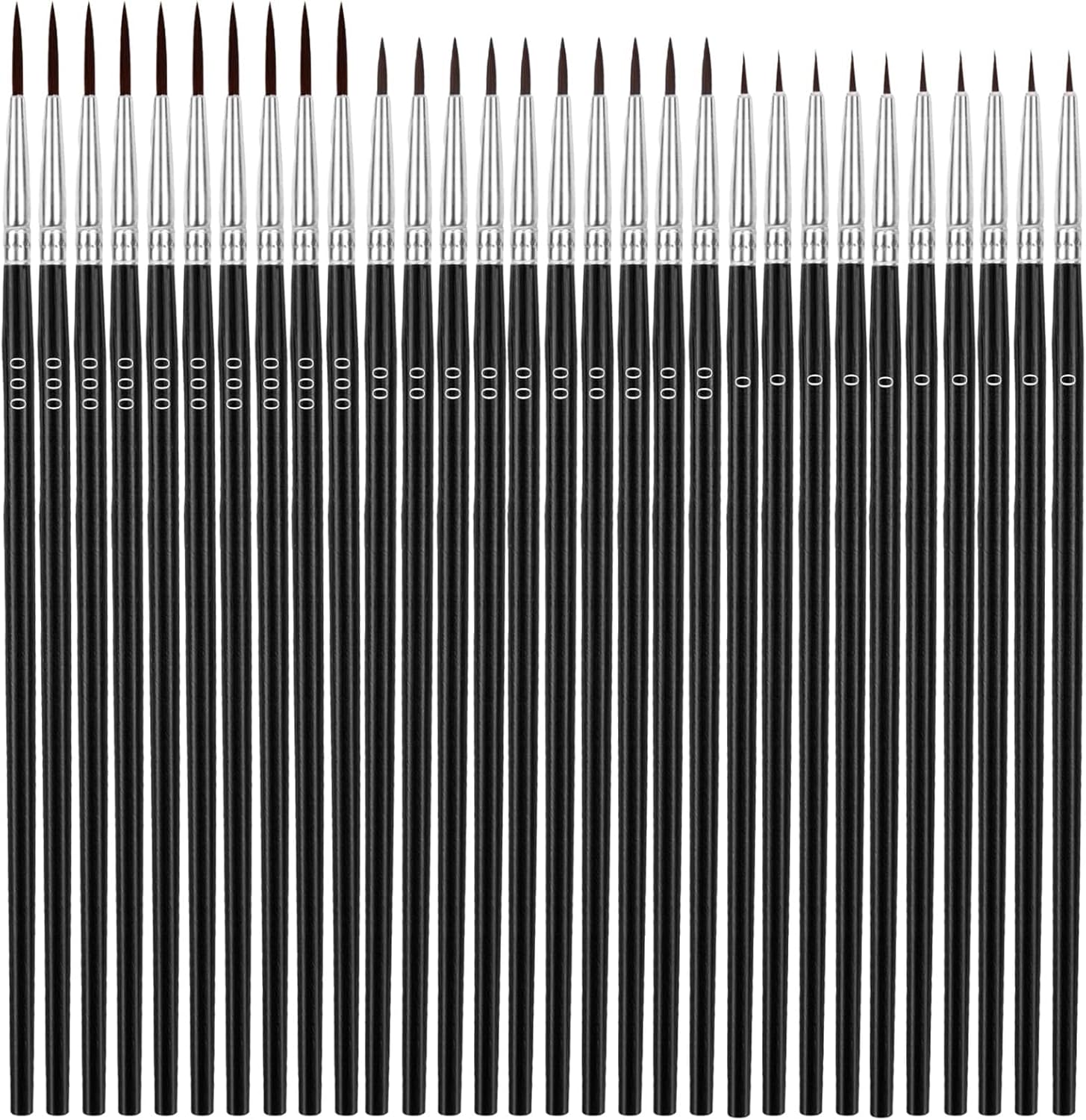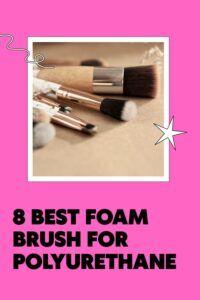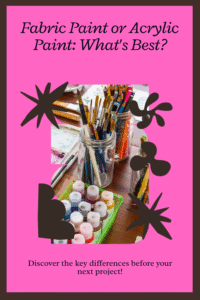If you’ve ever found yourself struggling to get the fine details just right on your miniatures, you’re not alone.
It’s a common experience for miniature painters to feel frustrated with their tools. The right paintbrush can make all the difference when you’re painting those tiny, intricate details.
Whether you’re a seasoned hobbyist or a beginner, choosing the best paint brushes for miniature painting is crucial to achieving the level of precision and detail that makes your miniatures stand out.
In this guide, I’ll walk you through the essentials of miniature painting brushes, share tips on selecting the right ones for your needs, and help you avoid common mistakes that can hinder your painting progress.
This isn’t just about picking up any brush off the shelf; it’s about choosing the right tools that will elevate your miniature painting game to the next level.
| Product Image | Product Name | Features | Price |
|---|---|---|---|
 |
ARTEZA Detail Paint Brushes | Includes liners, rounds, and flats in sizes 4/0, 3/0, 2/0, 0, and 1 Ideal for Miniatures & Detail Work Maintain shape and precision Nickel-Plated Copper Ferrules |
Check Price |
 |
ARTEGRIA Detail Paint Brush Set | Designed for better control and reduced hand fatigue Ideal for All Skill Levels Works beautifully with acrylics, watercolors, oils, and more Crafted for long-term use with high-quality bristles and stylish finish |
Check Price |
 |
Grabie Paint Brush Set | Includes ultra-fine 5/0 to size 7 brushes Performs flawlessly with acrylics, oils, watercolors, and more Handmade with premium nylon filaments |
Check Price |
 |
The Army Painter | 3 Essential Brushes Designed for Miniature Painting Standard brush delivers consistent base coats across small surfaces High-quality construction ensures long-term use |
Check Price |
 |
Anezus Tiny Detail Paint Brushes | Includes 30 thin liner brushes in assorted sizes Premium Synthetic Bristles Anti-Rust Nickel Ferrules Sturdy Wooden Handles |
Check Price |
 |
Miniature Paint Brushes | Includes 7 unique nib types Rust-Resistant Copper Ferrules Matte-textured triangular grip Works with acrylic, watercolor, tempera, enamel, gouache, oil, and more |
Check Price |
 |
MyArtscape Miniature Paint Brushes with Holder | Includes 12 fine-tip brushes ideal for acrylic, watercolor, oil, and gouache Precision for Miniatures & Linework Rust-Free Ferrules Balanced Birchwood Handles |
Check Price |
 |
ZenART Miniature Paint Brushes for Detailing | Includes 12 precision brushes Exact bristle lengths for consistent control Designed for stability and comfort Offers smooth paint flow |
Check Price |
 |
6Pcs Miniature Paint Brushes Set with Triangular Handles | Easy-Grip Triangular Handles Made from durable wood Maintain shape after every stroke Ideal for long-term use |
Check Price |
 |
Wet Pallet for Painting Miniatures | Keeps Paints Fresh Longer Complete Miniature Painting Kit Easy-clean surfaces make it ideal for long-term use |
Check Price |
Different Types of Paint Brushes for Miniatures
The world of miniature painting brushes can be overwhelming, especially if you’re new to the hobby. But once you break it down, it’s easier to navigate than it seems.
Brushes for miniature painting are typically categorized by their shape, size, and material. Let’s take a look at these key categories to help you make the right choice for your project.
Brush Shapes:
- Round Brushes: These are the most common brushes for miniature painting. They have a pointed tip that makes them versatile for detailed work, base coating, and shading. Round brushes come in various sizes, from the smallest (size 000) to larger sizes (size 10). You’ll often use a round brush for fine details like eyes, armor details, and other tiny areas.
- Flat Brushes: These have a squared-off edge and are great for covering large areas of your miniatures. They’re perfect for blocking in base coats and painting flat surfaces. Some flat brushes are also great for dry brushing, which is a technique often used in miniature painting for adding highlights to textures.
- Liner Brushes: These brushes are thin, long, and perfect for creating smooth, straight lines. You’ll often use them for painting things like weapon blades, fine details, and outlines.
- Angle Brushes: These are brushes with slanted bristles that help with precision when painting details in tight spaces or on edges. They’re also handy for painting sharp corners or any other areas that require extra control.
Brush Sizes:
- Small Brushes: When it comes to miniature painting, small brushes are often your best friends. They’re perfect for detailed work and fine lines. Sizes like 00, 0, and 1 are ideal for painting eyes, facial features, and small details like buttons, stitches, and intricate designs.
- Medium Brushes: Sizes 2 and 3 are great for painting larger areas, like clothing or armor. You’ll use these brushes for filling in the larger surfaces of your miniature.
- Large Brushes: These are less commonly used in miniature painting, but they’re handy when you need to cover large surfaces quickly. Brushes in the range of sizes 5 and above are good for painting large areas on the base or for priming your miniatures.
Brush Materials:
- Sable Hair: Sable brushes are widely considered the best option for precision and durability in miniature painting. Their natural fibers hold a sharp point, ensuring controlled strokes and fine details. Sable brushes tend to be more expensive but are worth the investment for quality work.
- Synthetic Brushes: While they don’t hold as fine a point as sable brushes, synthetic brushes can be more affordable and durable. Synthetic brushes are great for beginners or if you’re working with a tight budget. They’re also easier to clean and maintain.
- Kolinsky Sable: This is the gold standard for miniature brushes. Kolinsky sable brushes come from the tail fur of a Siberian weasel, making them the most premium choice for artists who need the best performance.
Choosing the Right Brush for Your Project
Not all miniatures are created equal, and not all paintbrushes work the same for different projects.
The type of miniature you’re working on will influence the size and shape of the brush you need. Let’s break down the factors to consider when selecting the best brush for your work.
The Size of Your Miniature:
- Small Miniatures (28mm and under): For these smaller miniatures, you’ll want a smaller brush. Look for size 00 or 0 round brushes for fine details. You’ll also want a good liner or angle brush to tackle the intricate lines in smaller features.
- Larger Miniatures (32mm and up): For larger miniatures, you can opt for slightly bigger brushes, such as size 2 or 3. These will help you cover larger areas more efficiently without sacrificing detail.
The Type of Paint You’re Using:
Different types of paint work best with different brushes. If you’re using acrylic paints, you’ll need a brush that can handle the consistency of the paint.
Acrylic paint can be thick or thin, so a versatile round brush will serve you well. For oils or washes, softer brushes can help you achieve smooth coverage.
The Techniques You Plan to Use:
- Base Coating: When base coating a miniature, you need a larger brush to cover broad areas quickly. Flat brushes are perfect for this task.
- Detailing: For details like eyes, armor trim, or weapon blades, a small round brush will allow you to get the precision you need.
- Dry Brushing: Dry brushing is a technique used to highlight raised areas of a model by brushing off most of the paint on a dry brush and lightly brushing over the surface. A flat brush is usually the best option for this technique.
Brush Maintenance Tips: How to Keep Your Tools in Top Condition
Your brushes are investments, and to get the most out of them, proper care is essential. Let’s take a look at how you can maintain your brushes for long-lasting performance.
Cleaning Your Brushes:
After every painting session, make sure to clean your brushes thoroughly. Use warm water and mild soap to rinse out the paint.
For acrylic paints, water is sufficient, but if you’re using oil-based paints, you’ll need a solvent like turpentine or mineral spirits.
Reshaping the Bristles:
After washing your brushes, gently reshape the bristles using your fingers or a brush guard. Always store your brushes in a way that the bristles remain in good shape. Never leave your brushes soaking in water for long periods, as this can damage the bristles.
Storage:
Store your brushes in a way that doesn’t put pressure on the bristles. A brush holder or a container that keeps the bristles up is the best way to preserve their shape. If you’re traveling, invest in a brush roll to protect your brushes while on the go.
Common Mistakes to Avoid When Choosing Miniature Brushes
Even experienced miniature painters can fall victim to common mistakes when choosing or using brushes. Here are some of the top mistakes you should watch out for.
Overusing Cheap Brushes:
While it’s tempting to go for inexpensive brushes, especially when you’re just starting, cheap brushes often break down quickly.
They can also lack the precision needed for miniature work. It’s better to invest in a few high-quality brushes that will last longer and give you better results.
Using the Wrong Size Brush:
Using too large of a brush for detailed work can cause frustration and errors. Likewise, using too small of a brush for base coating can lead to time-consuming processes. Find the right balance by having a variety of brush sizes at your disposal.
Neglecting Brush Maintenance:
If you fail to clean your brushes properly, you’re going to run into issues. Paint build-up can cause brushes to lose their shape and precision. Always clean your brushes immediately after use and store them carefully.
Conclusion: Invest in the Right Brushes for the Best Results
Choosing the right paintbrush for miniature painting is not just about finding something that works it’s about choosing the right tool that will help you unlock your creative potential.
By understanding the different brush types, sizes, and maintenance techniques, you’ll be well-equipped to tackle any miniature painting project with confidence.
Miniature painting is all about the details, and the right brush can help you achieve the precision you need.
So, take the time to explore your options, invest in quality brushes, and keep them in top condition for the best results.
I’d love to hear your thoughts! What’s your favorite brush for miniature painting? Have you made any mistakes when choosing a brush? Let me know in the comments below, and feel free to share this guide with your fellow painters!
FAQs
Q1: How do I know what size brush to use for detailing on miniatures?
A1: For detailing, smaller brushes like size 00 or 0 round brushes are perfect. They allow you to achieve fine lines and intricate details on your miniature.
Q2: Can I use synthetic brushes for miniature painting?
A2: Yes, synthetic brushes are a great option, especially if you’re starting out. While they don’t hold a point as well as sable brushes, they are durable and more affordable.
Q3: How do I clean my brushes properly after painting?
A3: After painting, rinse your brushes with warm water and mild soap. For oil-based paints, use a solvent. Always reshape the bristles and store them upright to maintain their shape.
Q4: Should I buy different brushes for different painting techniques?
A4: Yes, different techniques like dry brushing, base coating, and detailing require different brushes. Having a variety of sizes and shapes at your disposal is essential for versatility.
Q5: How long should my brushes last with proper care?
A5: With proper care, high-quality brushes can last for years. Regular cleaning, reshaping, and careful storage will extend their lifespan and keep them performing at their best.



